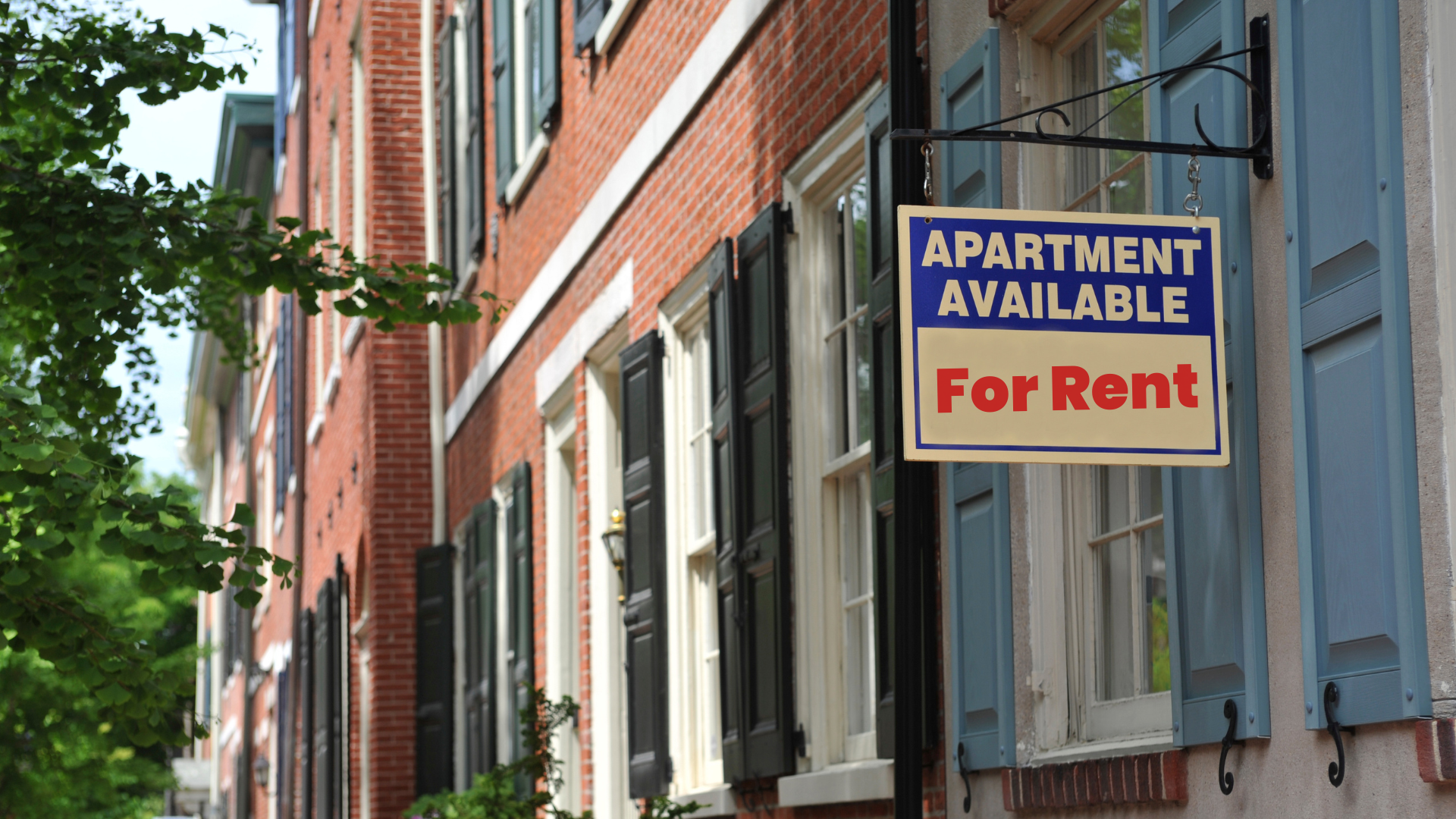- What is a Buy-to-Let Repayment Mortgage?
- How Does It Differ From an Interest-Only Buy-To-Let Mortgage?
- Why Opt for a Repayment Mortgage as a Landlord?
- How Much Can I Borrow?
- Is A Buy-To-Let Repayment Mortgage A Good Idea?
- Eligibility Criteria for a Repayment Buy-to-Let Mortgage
- Why Interest-Only Mortgages Are Popular With Landlords
- Can I Change From Interest-Only to Repayment Mortgages?
- Are There Buy-To-Let Mortgages Without Early Repayment Fees?
- Key Takeaways
- The Bottom Line
Should You Get A Buy-To-Let Repayment Mortgage?

Interest-only buy-to-let mortgages are popular for their lower monthly payments, freeing up cash for other rental costs.
But what if you prefer a repayment option? Don’t worry, repayment buy-to-let mortgages are available too.
To help you make an informed decision, we’ve crafted this guide–covering all about buy-to-let repayment mortgages.
What is a Buy-to-Let Repayment Mortgage?
A Buy-to-Let (BTL) repayment mortgage means you pay off the loan and the interest together each month.
Over time, your debt decreases until you fully own the property at the end of the term.
How Does It Differ From an Interest-Only Buy-To-Let Mortgage?
The main difference between repayment and interest-only buy-to-let mortgages is how the monthly payments and the loan balance are handled.
Let’s assume you have a £200,000 mortgage at a 4% interest rate over a 25-year term.
For a repayment mortgage, your monthly payments cover both interest and capital. By the end of the term, you own the property completely.
Here’s what your monthly payment will look like:
| Year | Monthly Payment | Interest | Capital | Remaining Loan |
|---|---|---|---|---|
| 1 | £1,055 | £667 | £388 | £199,612 |
On the other hand, an interest-only mortgage only covers interest. The monthly payment is lower but does not decrease the loan amount. Here’s how your monthly payment be:
| Year | Monthly Payment | Interest | Remaining Loan |
|---|---|---|---|
| 1 | £667 | £667 | £200,000 |
Why Opt for a Repayment Mortgage as a Landlord?
Here are 5 reasons why you should choose a repayment buy-to-let mortgage:
- Own Your Property Sooner. With a repayment mortgage, you’re paying off the loan and interest together. This means you’ll fully own your property at the end of the mortgage term.
- Steady Retirement Income. A repayment mortgage can secure a steady income for retirement. Once paid off, all rent received is yours, offering financial stability in later life.
- Less Stress Over Selling. You won’t have to worry about selling the property to repay the loan at the end. This offers peace of mind and financial predictability.
- Build Equity Quickly. Paying off the mortgage means you’re building equity faster. This can be beneficial if you decide to invest further or need financial leverage.
- Simple Financial Planning. Repayment mortgages offer a straightforward approach to financial planning. Knowing your exact monthly payments helps manage finances better, without the need for additional repayment strategies.
How Much Can I Borrow?
The amount you can borrow for a buy-to-let mortgage depends on the rental income you expect to earn.
Lenders typically want the rent to cover at least 125% of the mortgage payments. Your personal income and credit score also play a part. Lenders assess these factors to decide how much they’ll lend you.
To get a rough guide, use our buy to let mortgage calculator.
Is A Buy-To-Let Repayment Mortgage A Good Idea?
Here’s why you should consider a BTL repayment mortgage:
- Owning Your Property Outright. With repayment mortgages, you gradually own the entire property by the end. This gives you full control and no mortgage to worry about later.
- Saving on Interest. As you pay off the loan amount (capital), the interest you owe goes down too. This saves you money overall.
- No Surprise Endings. Unlike interest-only deals, you don’t need a big lump sum at the end. You simply own more and more of the property over time.
- Leaving a Legacy. Owning the property outright makes it easier to pass on to family, helping build wealth across generations.
- Growing Your Portfolio. Paying off the mortgage increases your equity in the property. This lets you use that equity to invest in more properties or other ventures.
And here are the downsides:
- Affordability Checks. Getting a repayment mortgage might be trickier. Lenders will check you more carefully to make sure you can afford the higher repayments.
- Higher Monthly Payments. You’ll typically pay more each month compared to interest-only deals. This can affect your cash flow.
- Lower Profits. Higher payments might leave you with less rental income, or even none in some months.
- Empty Property Struggles. If your property is empty, affording the mortgage repayments can be tougher.
- Repairs and Upkeep. You’re responsible for fixing the property, which can further strain your profits, especially when rent is low.
The answer to this relies on your circumstances and choices. It’s best to consult a buy-to-let mortgage advisor to make an informed decision for your investment.
Eligibility Criteria for a Repayment Buy-to-Let Mortgage
Getting a repayment buy-to-let mortgage is similar to getting an interest-only one.
Here’s what you’ll generally need:
- Be at least 25 years old (some lenders may have a lower limit).
- Have a deposit of at least 20-25% of the property price.
- Prove your rent covers 125-145% of your mortgage payments (called rental yield).
- Earn at least £25,000 annually (not all lenders require this).
- Have a good credit history showing you can repay debts.
- Be a UK resident (makes checking finances easier). Some lenders may accept non-residents with stricter rules.
- Own another property already (depends on the lender).
Why Interest-Only Mortgages Are Popular With Landlords
Many landlords choose interest-only mortgages because they’re cheaper each month. You only pay the interest on the loan, not the principal amount yet. This means you keep more rental income every month.
These mortgages are good if you want to make money quickly from your property without the hassle of paying back a big chunk each month.
You can then sell the property later, hopefully for more money, and use that profit to repay the original loan.
This approach relies on property prices going up, giving you a financial advantage without the complication of dealing with both interest and capital repayments from the beginning.
Can I Change From Interest-Only to Repayment Mortgages?
Yes, you can.
Landlords often consider switching from interest-only to repayment mortgages as their investments mature. This means paying more each month because you’re now paying off the loan itself, not just the interest.
You can do this for a few reasons:
- Your property value has gone up.
- You want to focus on building long-term wealth instead of just getting cash now.
- You want to own the property outright by the end of the mortgage, have an income stream for retirement, or save money on interest overall.
Before switching, you must check your finances to make sure you can afford the higher repayments.
Are There Buy-To-Let Mortgages Without Early Repayment Fees?
Yes, there are buy-to-let mortgages available without early repayment charges. These offer more flexibility but may come with higher interest rates or upfront fees.
These mortgages are a good choice if:
- You plan to sell the property soon for a profit.
- You want to live in the property later and switch to a regular mortgage.
- You’re doing a renovation and plan to remortgage for more money later.
- You need to remortgage to buy more properties.
- You have other savings and plans to quickly pay off the mortgage.
These are good options for investors with short-term or mid-term plans for their properties.
Key Takeaways
- A buy-to-let repayment mortgage combines loan and interest payments, fully owning the property at the term’s end.
- Repayment mortgages let you own your property sooner, get retirement income, avoid sale stress, build equity quickly, and simplify financial planning.
- You might face stricter affordability checks, higher monthly payments, the potential for lower profits, difficulties during property vacancies, and repair responsibilities.
- Many landlords prefer interest-only mortgages for their lower monthly costs. The idea is to sell the property later for a profit, assuming the value goes up.
The Bottom Line
Here’s a tip: Plan your investment finances carefully. Consider how property market changes might affect you.
Buy-to-let repayment mortgages let you own the property outright by paying off the loan and interest over time. This differs from interest-only mortgages where you only pay monthly interest.
A mortgage broker can simplify this process. They know the market and can find deals suited to your finances and goals. Brokers often have exclusive offers not available to the public.
Ready to explore buy-to-let mortgages? Contact us. We’ll connect you with a free, no-obligation consultation with a top-notch buy-to-let mortgage broker.
Get Matched With Your Dream Mortgage Advisor...

Frequently asked questions
Is it possible to settle my buy-to-let mortgage early?
Yes, you can settle your buy-to-let mortgage early. But watch out for early repayment charges. Many lenders allow penalty-free overpayments of up to 10% each year. If you’re remortgaging, you can use savings or other assets to pay down the loan faster.
Can landlords still benefit from tax relief on mortgage payments?
Yes, landlords can still get tax relief, but the rules changed in April 2020. You can’t deduct mortgage costs directly from rental income anymore. Now, you get a tax credit for 20% of your mortgage interest payments. This mainly affects interest-only mortgages.
How much is the stamp duty tax for buy to let properties in the UK?
For buy to let properties, stamp duty tax includes a 3% surcharge over the standard rates. The exact amount depends on the property’s purchase price, increasing in bands. Always check the latest rates as these can change.




